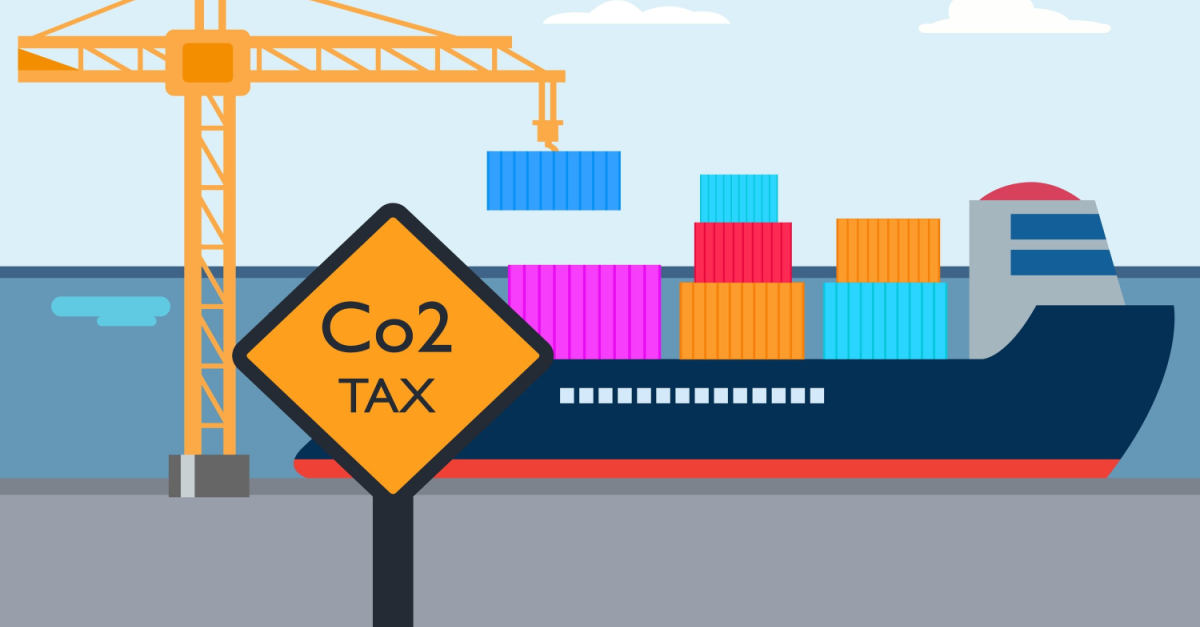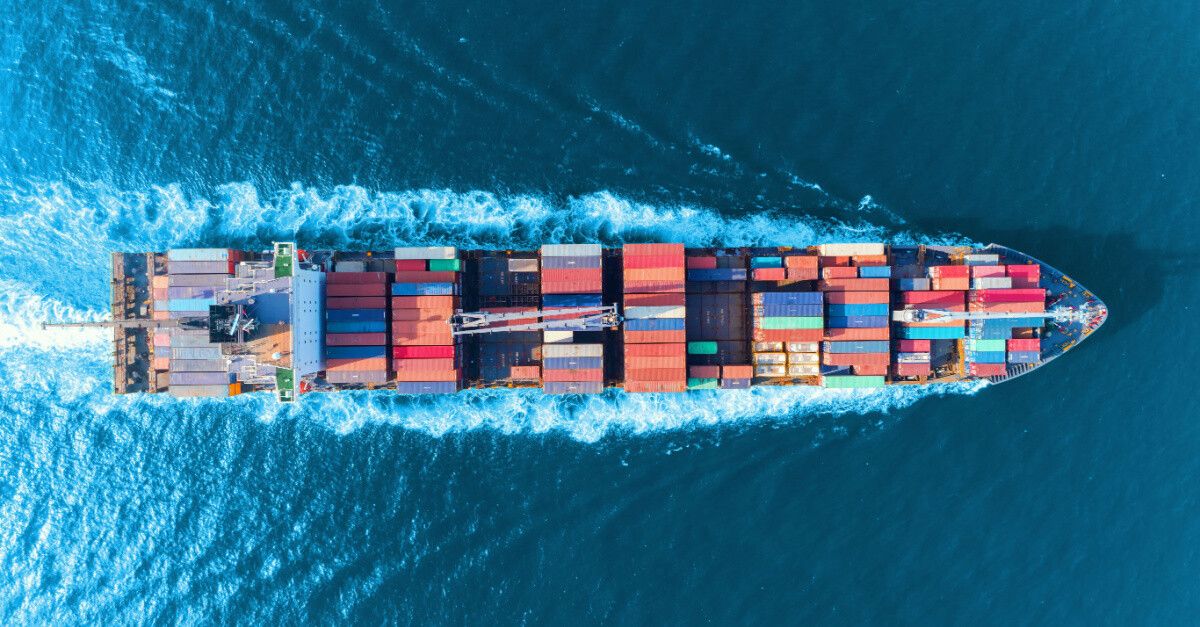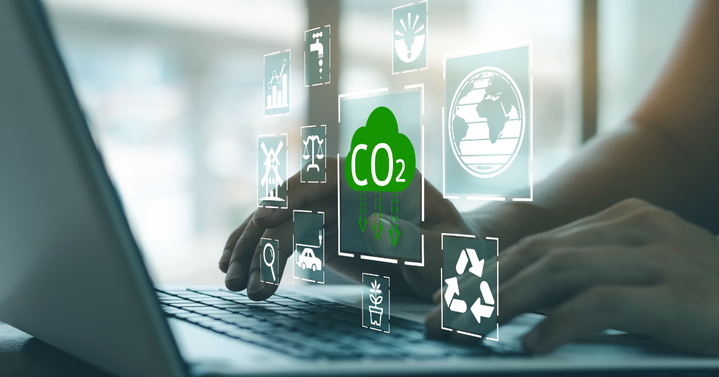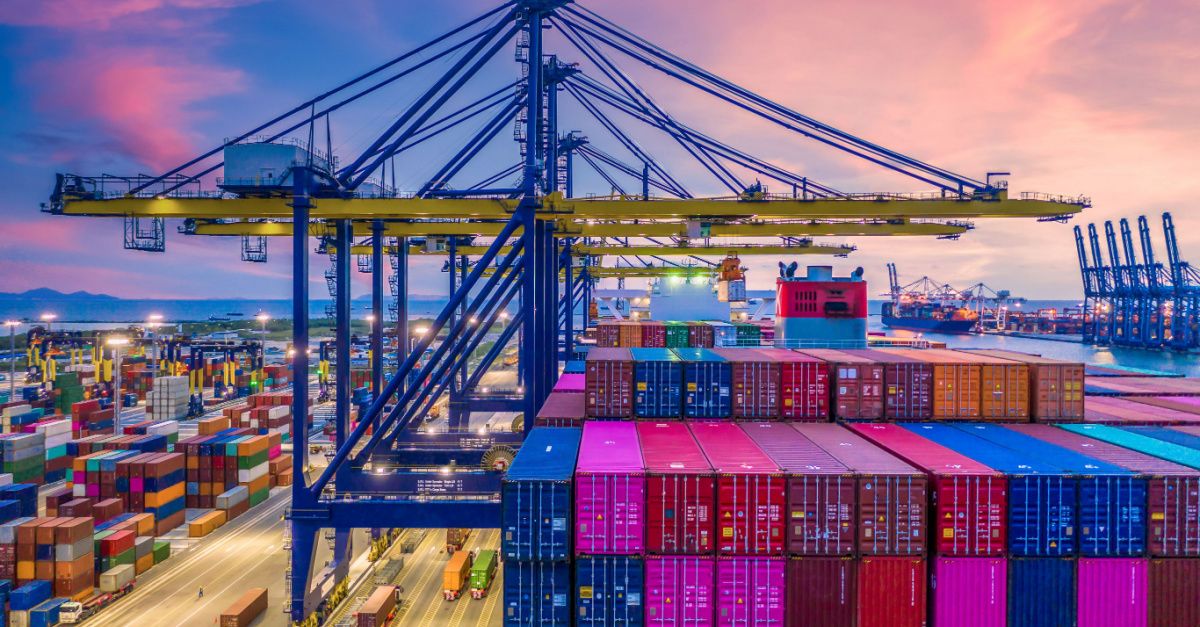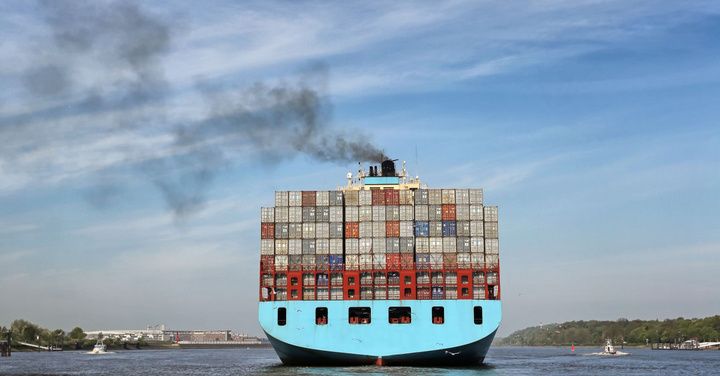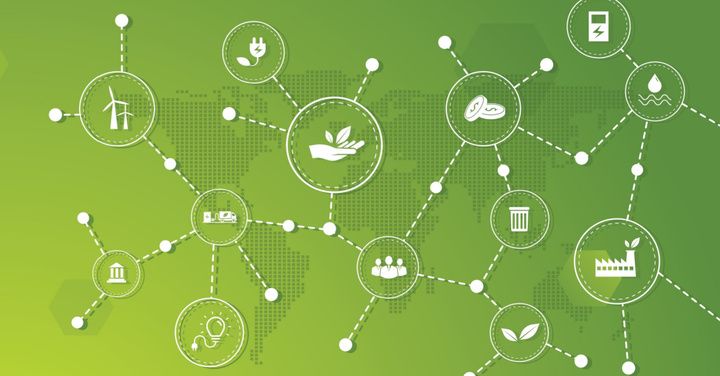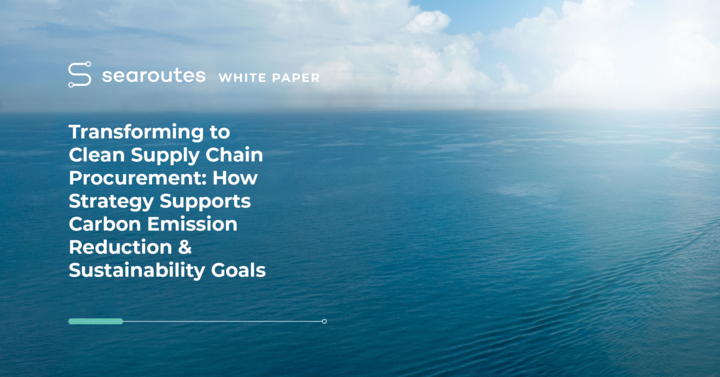If it seems difficult to keep up with the latest carbon emission regulations and upcoming requirements, there is a reason: the world is in the middle of a shift from awareness of the need for sustainability to action. More governing bodies, both on the national and...
Harnessing the Power of Searoutes API for Sustainable Freight Forwarding
In the current market, it has become critically important that freight forwarders strategize how they stand out in the industry to thrive as a business. Forwarders are seeing increased competition—underlined by M&As and a series of activities from ocean carriers buying...
A Data-Driven Approach for Freight Forwarders to Lead with Decarbonization & Emission Reduction
As the world continues to wrestle with the challenges posed by climate change, the need for sustainable and environmental responsibility practices is becoming increasingly important. This is especially true in freight transportation, and freight forwarders are beginning to...
Building Sustainability Resilience in Ocean Freight Procurement: Reducing Risk and Emissions through Technology and Expertise
With the increasing recognition that environmental, social, and governance (ESG) factors can impact a company’s long-term success and reputation, sustainability risk management (SRM) is a rapidly growing topic. For companies with global supply chains, informed ocean freight...
Beyond the Surface: The Next Level of Carbon Emission Data for Informed Procurement Decisions
Supply chains across the globe face challenges on the road to achieving sustainability and efficiency. Transportation is a significant contributor to greenhouse gas emissions and climate change, and companies must figure out the sustainability of their logistics operations to...
Earth Day 2023: Green Strategies for Ocean Freight Procurement
As we commemorate Earth Day in 2023, it’s clear that Earth Day has grown in significance in recent years. We are more aware than ever of the importance of sustainability in achieving a positive global climate outlook, and we can’t underestimate the pressing need to take...
Supply Chain Sustainability KPIs: What are Procurement Managers Held Accountable To?
Reducing carbon emissions in shipping is a growing topic for supply chain leaders; however, for the discussion to turn into real change, it must dive deeper. Having a goal is not enough; measurable actions and results must clearly define the goal, often best quantified by key...
Greenwashing & What to Know About the Lack of Reporting Standards
As focus on sustainability increases for everyone from consumers to businesses to governmental agencies, there is a growing concern about the negative impacts of greenwashing and how we can seek to eliminate it. Greenwashing, or exaggerating and making false claims of an...
Questions To Ask Your Climate Partner When Measuring Logistics And Transportation Emissions
There is increasing demand for businesses to reduce their transportation carbon emissions. On the one hand, there is the demand coming from downstream in the supply chain, ultimately, because the consumer is demanding it. At the same time, green initiatives and different...
How to Reduce Carbon Emissions with Clean Supply Chain Procurement
To effectively reduce carbon emissions and improve sustainability, shippers and freight forwarders must carefully consider the strategies and practices they use. One methodology of carbon emission reporting leads to the greatest degree of accuracy, while two others can hinder...
